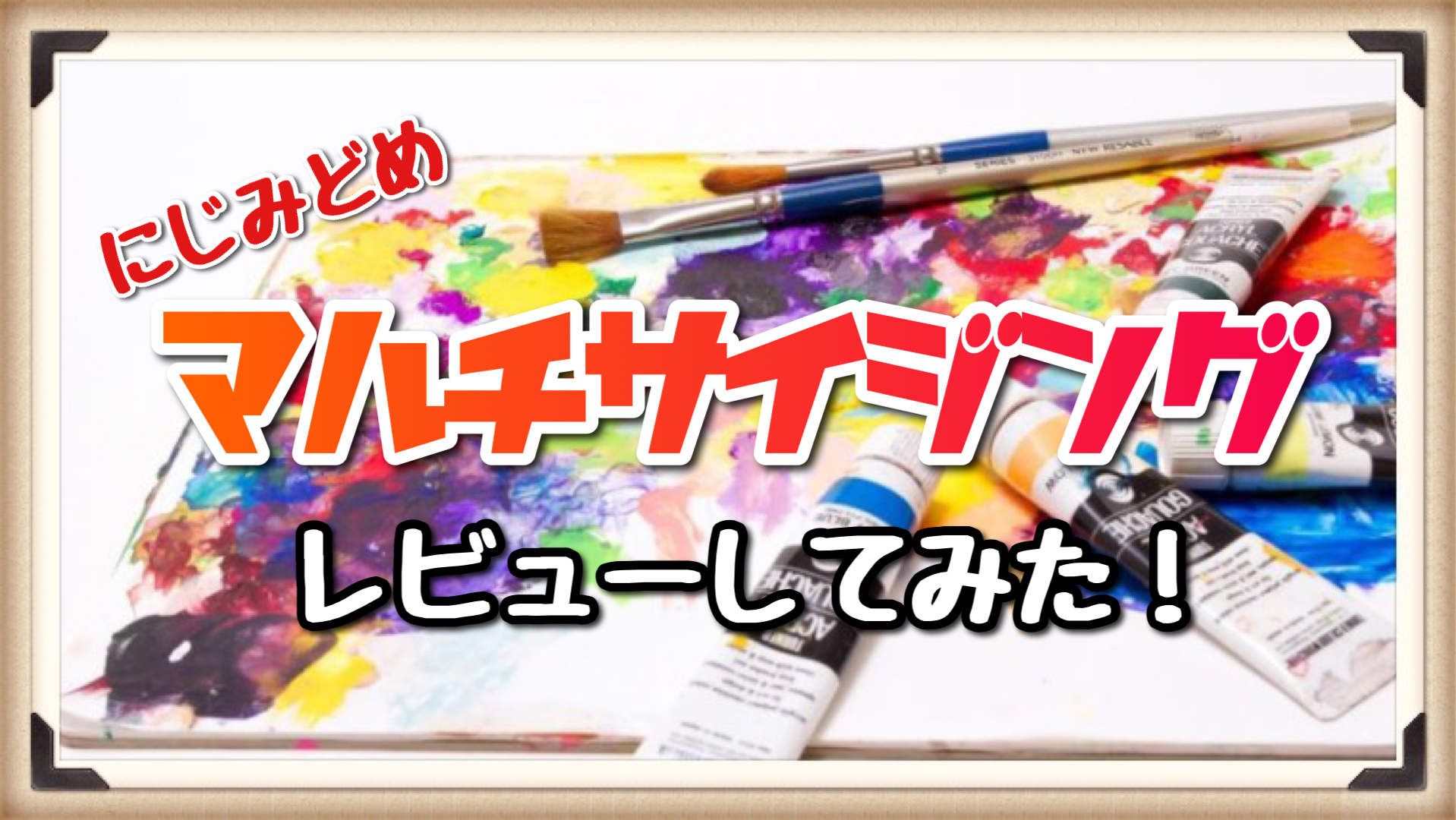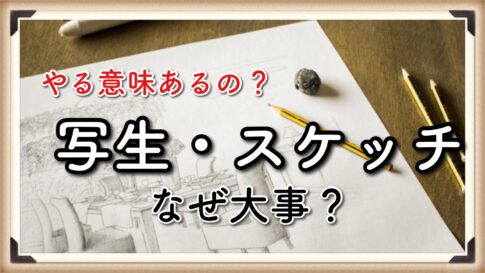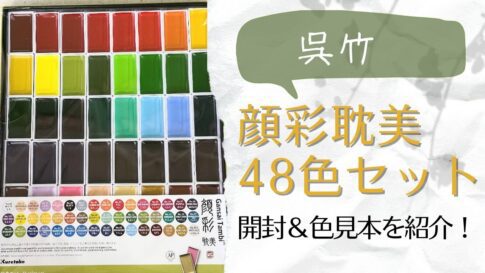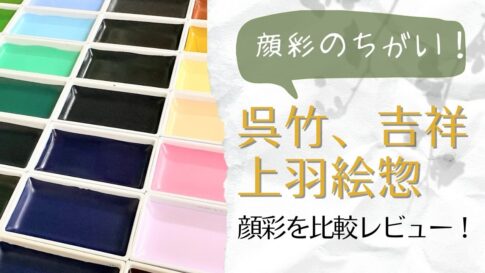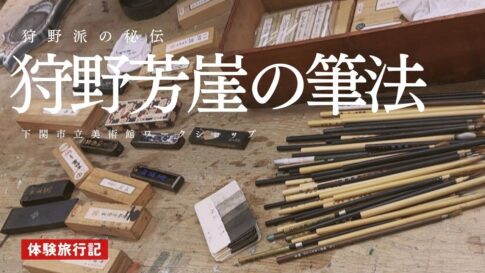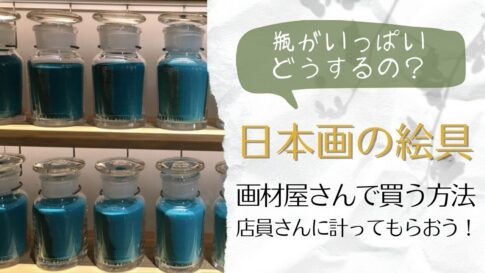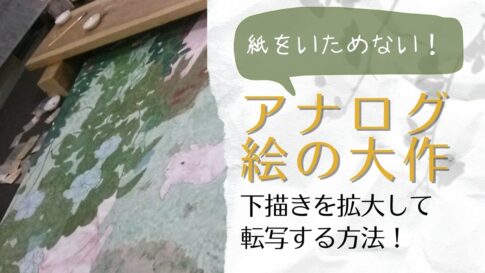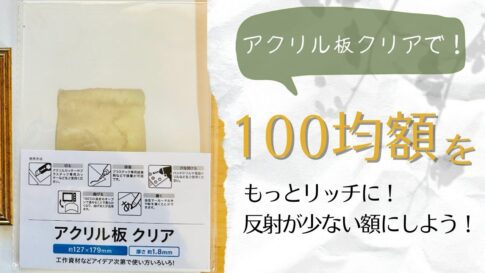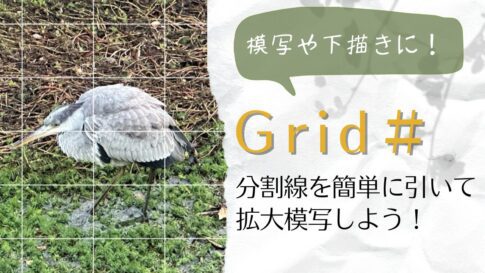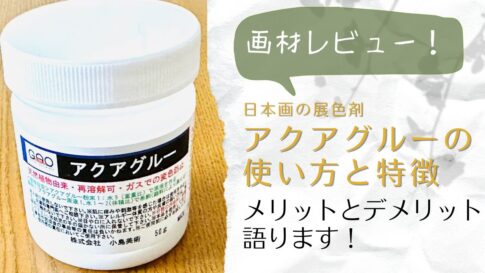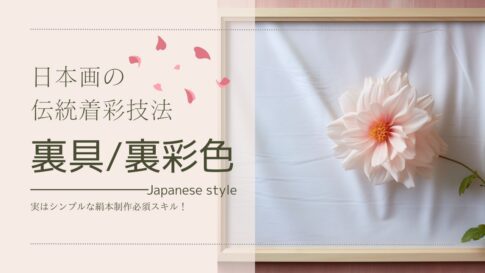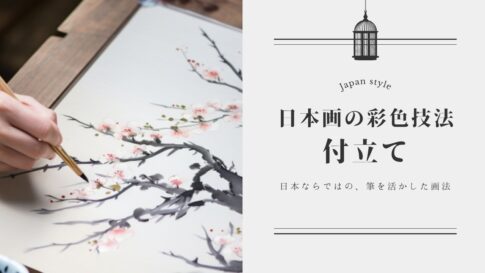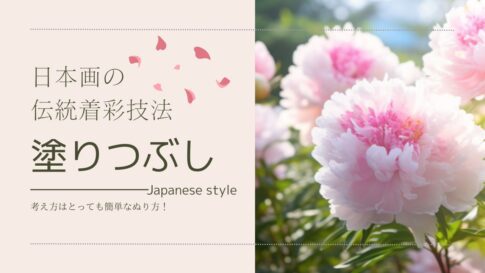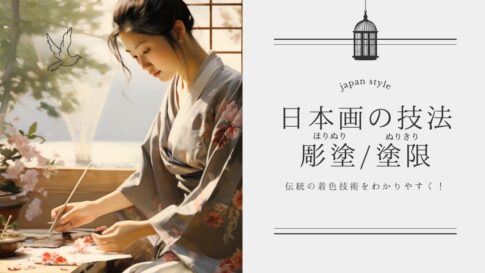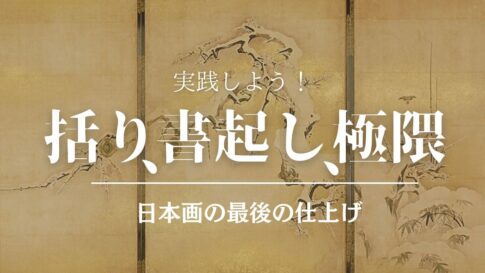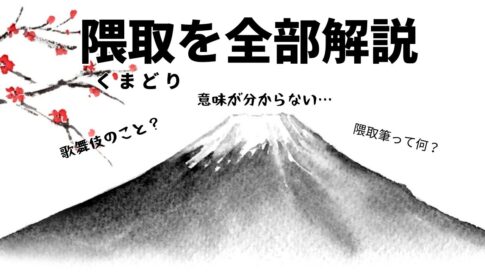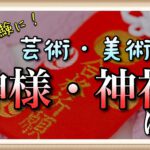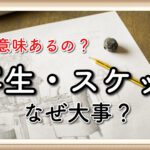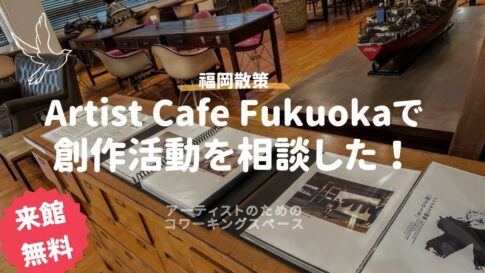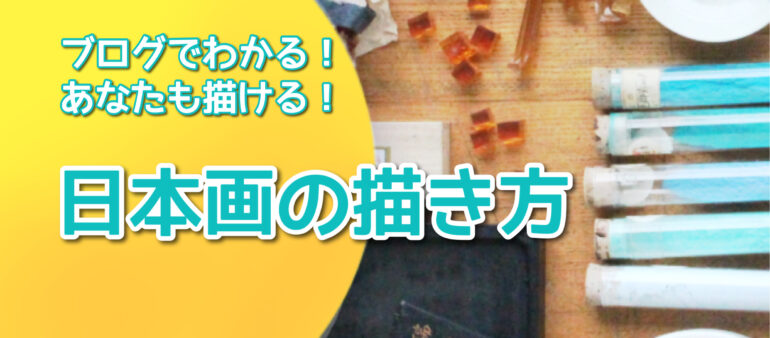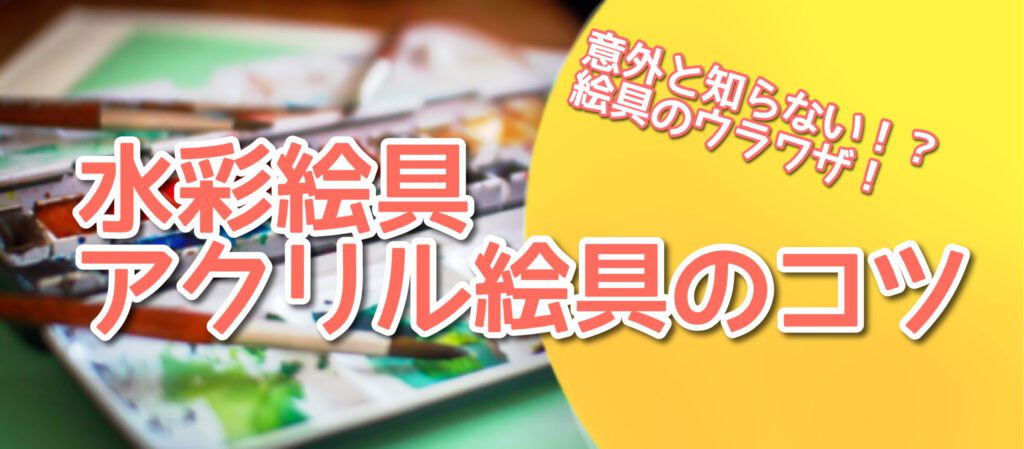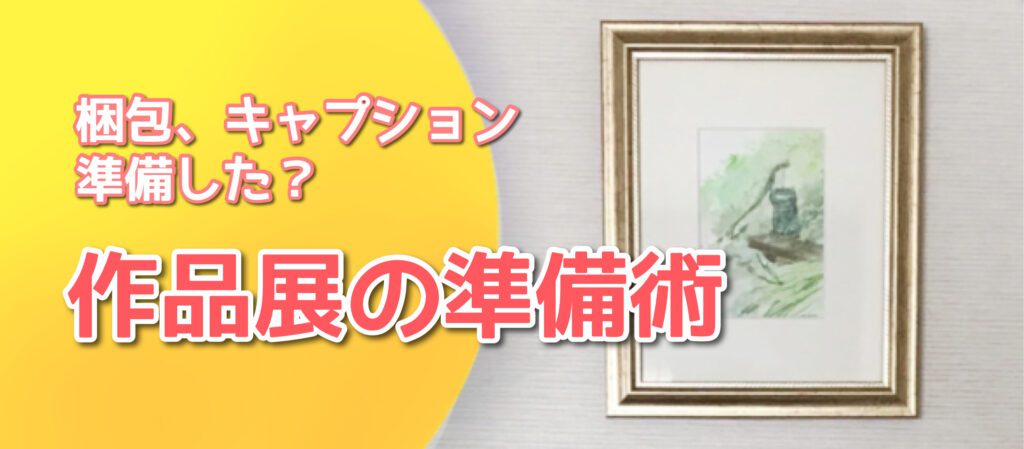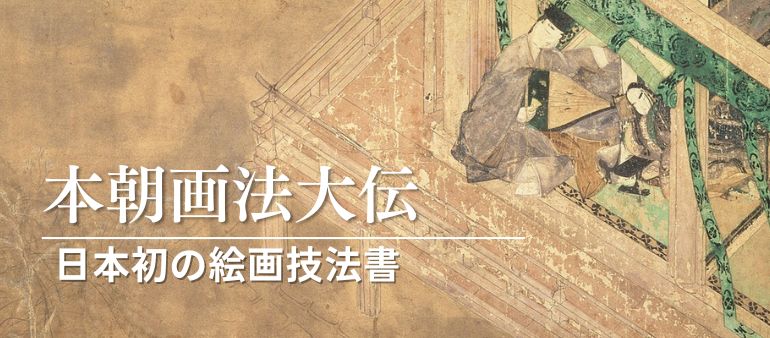こんにちは、日本画家の深町聡美です。
水彩や日本画を描く上での悩みの一つに
にじみ がある方もいるのではないでしょうか?
絵具が滲んでしまうと絵具の発色が悪くなって
しまったり、線画が太くなったり困りますよね。
今回はその悩みを解決する
という画材の使用感についてレビューしていきます!
Contents
水彩のにじみ止めにマルチサイジングをおすすめする理由

通常、日本画ではドーサ(礬水・どうさ)という
にじみ止めを自作して使います。
しかし作るには
②ミョウバンを溶かす
③分量に気を付けながらミョウバンを膠に加える
④混ぜる
⑤味や臭いからドーサになったか確認する
と時間がかかる上に
紙を傷めやすい性質から、塗布量、塗り方に
コツが必要です。
このことから、水彩等のように素早く描き始められる
画材とは少々相性が悪いのが問題でした。
個人的な感覚ですが、
パレットを広げれば、すぐに描ける。
つまりスケッチのような瞬間瞬間を捉えて
描く事にも長けている画材で、
都度、待ち時間が必要になるドーサは、
感覚的な部分で真逆のように感じてしまうのです。

ホルベイン
筆者購入時(2020年11月)60mlで税別470円
小と中の二種類がありました。
商品説明サイト
注意書きには
「ミョウバン配合の膠液のドーサとは異なります」
とのこと。
えっ!こんな紙も水彩紙に・・・
という文句に釣られて購入。
和紙に対してドーサ代わりに使えるのか?
ということと、
同時に購入した、
画仙紙の豆色紙を水彩紙にしてしまえば、
若干高い水彩紙の豆色紙を買わなくて
済みそうだから。
というのが購入動機でした。
先に書いてしまうと、
何でも水彩紙になるという訳ではなさそうです。(当然といえば当然です)
それでは何が物足りなかったのか、
そしてどこが良かったのか、
次の項目で具体的に書いていきます。
水彩のにじみ止め、マルチサイジングの使用感
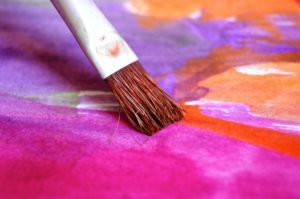
マルチサイジングを画仙紙(和紙)豆色紙に使用
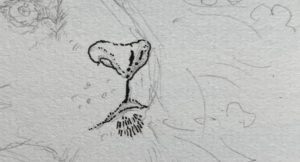
塗布前は鼻の中心の線、塗布後はそれ以外の線
あまりにペンがにじむので使用。

①原液を絵皿に出し、豆色紙10枚に平筆で塗布。
少し白っぽい跡が浮き出ますが、すぐに消えます。
容器記載の使い方では
「原液を刷毛などで塗布」
ホルベインの商品紹介ページでは
「等量〜2倍の水で薄めて刷毛などで紙に塗布」
とのことです。
HPは見ていなかったので、乾燥時間は
数十分~一日程度でした。
②十数分後、触って乾いている事を確認
容器記載では
「充分に乾いてから制作」
商品紹介ページでは
「一日程度乾燥させてから絵具を塗るようにします。」
ですが、時間を測らず、見た目と手触りから
乾燥具合を判断しました。
冬場に暖房を入れている状態だと10分ぐらいで
乾いていたと思います。
③ペンで線を引く

縦線と比べると、他の線が細いのが分かりますね。
およそ二分の一の細さに描けるようになりました!
点描も容易にできます。
使用したペンはPIGMA0.05
④水彩を使用
紙に染み込む程度に塗布した部分は
・発色が良い
・にじみが広がらない
と良い感じでした。
しかし、 染み込ませなかった部分や ムラが出来ていた部分は発色が悪く 上手く効いていた所と差が出来てしまいました。 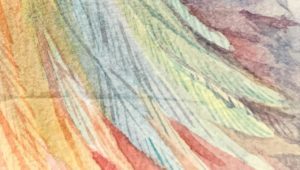
真中の線が効いていなかったところ
このムラが気になったので、原液を二度塗りしてみると
上のハケ目のような線は無くなりましたが
・乾くと色が変わる
という点は、完全には無くなりませんでした。
このことから、ドーサ同様に綺麗に塗るには
それなりにコツが要るのではないかと思いました。
・刷毛を使って均一に塗る
という二点に気をつければ問題なく使えそうです。
鳥の子紙に使ってみた時の使用感
・絵具の発色が良い
・ペンのにじみが広がらない
マルチサイジングを土佐麻紙(和紙)に使用
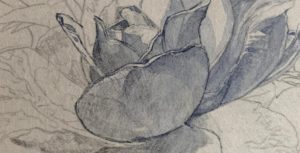
木製パネルに水張りした土佐麻紙という和紙に
使ってみました。
こちらも原液を全体に一度塗りです。
まだ着色段階に入っていないため
厳密な検証は出来ていませんが
水彩絵具で陰影を描く作業(隈取り)
をしている上では、にじみやくすみ、
絵具を弾く、色が変わるという事は起きませんでした。
ホームページでも和紙(雲肌麻紙)が
使われているので、 ある程度厚みがある 水彩紙や画用紙、和紙などに適している のかも知れません。
マルチサイジングの特徴、使用感まとめ
良いところ
・絵具の発色が良くなる
・にじみが広がらない
・元々にじみやすい画仙紙でもペンがにじまない
そうでも無いところ
・水分が染み込まれて絵具の発色が悪くなる
・乾くと色が変わる が完全にはなくならない
(マシにはなる)
そのほか
・塗った時一時的に白くなる
・サイジングの効きは少し弱めかも
【2022/06/07追記】
マルチサイジングは風邪引き水彩紙の
にじみ止めとしても使えます!
実際、風邪引き水彩紙に二度引きしたところ
かなり改善されていました!
しかし、小さい容量の物ではA3をギリギリ
塗れるか塗れないか…
という感じです。
余裕を持って、大き目の商品を買うと良いですね。
どうさは使った事がないのですが、そんなに効果があるのですね。知りませんでした。
— ねこ (@t_suisai) May 30, 2022
マルチサイジングは、にじみ方をコントロールするためだけではなく、風邪引き水彩紙を使うために使う事が多いと思います。
ドーサのにじみ止めの仕組みと考察

ところでパッケージ裏面の注意書きですが
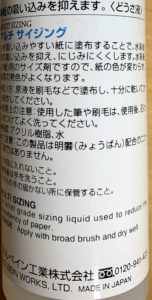
よく読むと水彩紙用と書いてあります。
読みにくいですが、上から2~3行目です。
そもそも、画仙紙色紙のような薄い紙を
想定していない可能性もあります。
その辺りは良く分かりません。
また、注意書きには
明礬(ミョウバン)配合の膠(にかわ)液ではない
(以下礬水と記載します)
と注意書きがありますが、
と感じました。
(個人の感覚です)
礬水は超堅牢なガラス質の煮凝りを作るような感じで
にじみを防ぎます。
膠の原材料である動物のたんぱく質に、ミョウバンが
化学反応を起こし、 ガラス質の膜が和紙に含まれる事で 和紙の繊維の穴が塞がれ 、水分の吸い込みが無くなる。
つまり、にじまなくなるという仕組みです。
これは膠とミョウバンの比率によってにじみ止め
の具合が変わってきますので、好みの「強さ」に
することが出来ます。
筆者は強めが好きです。
一方マルチサイジングは組成が
アクリル樹脂と水です。
公式サイトにも書かれているように、
仕組みです。
行っていることはほぼ同じなのが
この2つに大きな使用感の差はなさそうと
考えた理由です。
しかし、マルチサイジングの方は
紙を傷めない程度の濃度にされている事で
「効きの強さ」が少し物足りない 印象でした。
強めの礬水になれていたので、気になりましたが
本当はこの濃度が、紙の保存の上では
適しているのだと思います。
また、他の方の感想等を拝見すると
絵具が染み込まない点、発色が分かりやすくなる点を
目的にしているのではなく、
水彩を使う方がにじみ方をコントロールする
ために使うようでした。
参考リンク
その辺りも感想の違いになるのかもしれません。
・マルチサイジングは水彩にも日本画にも、とても便利
・刷毛を使い、たっぷり目に染み込ませると良い
・マルチサイジングに適した紙、適さない紙がありそう
前の記事はこちら!
次の記事はこちら!



